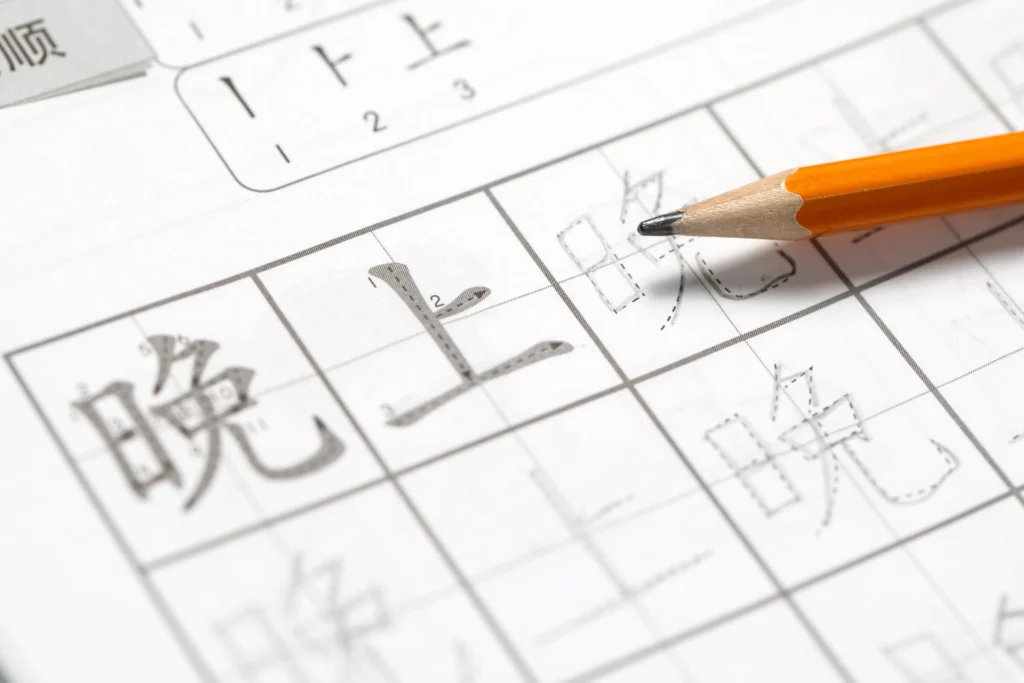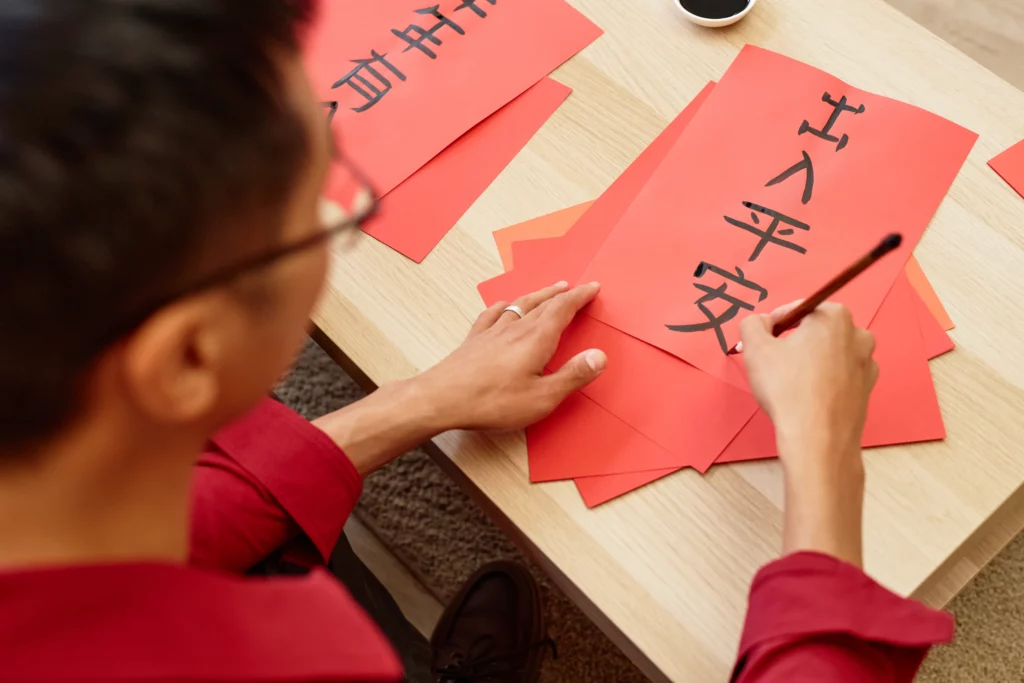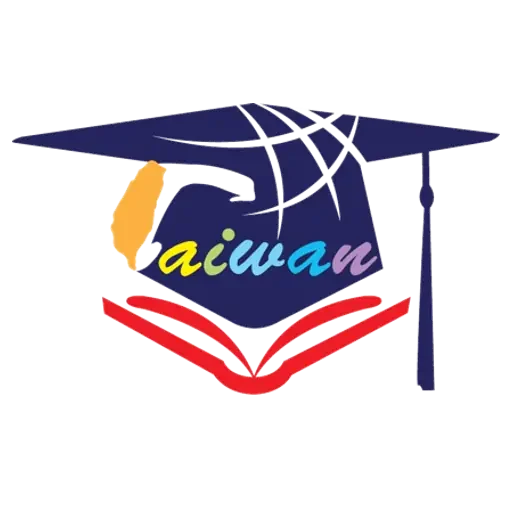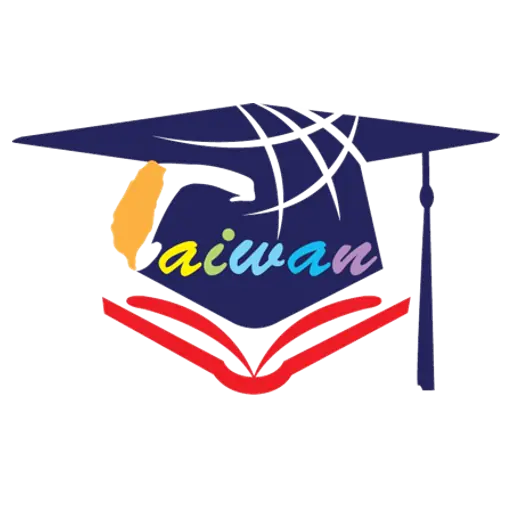Traditional vs Simplified Chinese: Choosing the Right Path to Learn Mandarin Fast

Mandarin Chinese is a powerful tool for career growth, cultural immersion, and academic advancement. However, before beginning your journey, it’s essential to choose between Traditional and Simplified Chinese—a decision that shapes your reading, writing, and long-term proficiency.
Each script has its advantages, depending on your career goals, travel destinations, and learning preferences. In this guide, we’ll compare the two systems, help you determine the best fit and introduce top resources to accelerate your Mandarin learning journey.
Why Learning Chinese Matters More Than Ever
Mandarin Chinese is one of the most widely spoken languages in the world, with over 1.3 billion speakers. As China’s economic and cultural influence continues to expand, learning Mandarin can open doors to new career prospects, business opportunities, and deeper cross-cultural connections. Many multinational companies prioritize Mandarin proficiency, making it a valuable skill in today’s global economy.
Mastering Mandarin goes beyond language— it provides access to rich Chinese traditions, history, and literature. For overseas Chinese students looking to reconnect with their heritage cultural roots or advance their studies in Taiwan, learning Chinese offers a strong foundation for academic and professional success. Taiwan, in particular, is renowned for its high-quality Mandarin education, emphasizing Traditional Chinese characters to preserve the language’s depth and cultural significance.
Key Differences Between Simplified and Traditional

When choosing between Traditional and Simplified Chinese, it’s important to understand their key differences:
Structure: Complexity vs. Simplicity
Traditional Chinese preserves its intricate stroke patterns, maintaining historical and cultural depth (e.g., “龍” vs. “龙” for “dragon”). Simplified Chinese, introduced in the 1950s, reduces stroke counts to improve readability and writing efficiency.
Usage: Where Each Script Is Commonly Used
- Traditional Chinese: Used in Taiwan, Hong Kong, and Macau, where it remains deeply rooted in literature and culture.
- Simplified Chinese: The official script of Mainland China, Singapore, and Malaysia, adopted for its ease of learning and faster writing.
- Overseas Chinese communities use both scripts, depending on historical and educational influences.
Pronunciation: Same Sound, Different Appearance
Although the scripts look different, pronunciation remains the same across both. However, some words use different characters, requiring adaptation for reading comprehension.
How to Decide Choose the Right Script Based on Your Goals
Career Opportunities
If your career involves business with Mainland China, Singapore, or multinational corporations, learning Simplified Chinese may be the most practical choice. However, industries such as academia, literature, and cultural preservation often prioritize Traditional Chinese.
Cultural and Academic Interests
Traditional Chinese is deeply rooted in classical literature, history, and the arts. Many overseas Chinese students pursuing studies in Taiwan prefer Traditional Chinese for its historical significance and extensive use in academic and literary works.
For Indonesian students planning to study in Taiwan, mastering Traditional Chinese offers a strong advantage. Taiwan’s universities and language centers provide immersive Mandarin programs that enhance language skills and cultural integration. Scholarships and resources are also available to support overseas Chinese students. Explore this guide for details on programs, scholarships, and application processes.
Submitting Incomplete or Incorrect Application Information
When juggling multiple applications and tasks, it is easy to overlook small details. However, even minor errors, such as a misspelled name or incorrect date, can cause delays. Carefully review every form and detail before submission to prevent unnecessary setbacks and stress.
Ease of Learning
Simplified Chinese has fewer strokes making it easier and faster to learn. If your goal is to grasp the basics quickly, Simplified Chinese may be the better choice. However, many learners find that once they master Traditional Chinese, recognizing Simplified characters becomes much easier.
Travel and Communication Needs
Traditional Chinese is ideal for those traveling or studying in Taiwan, Hong Kong, or Macau, where it is widely used. For those planning to live, work, or travel in Mainland China, Simplified Chinese is more practical.
Long-Term Plans
If your goal is full fluency and literacy, starting with Traditional Chinese provides a strong foundation, making it easier to transition to reading Simplified Chinese later.
How to Learn Mandarin Fast: Resource Introduction for Effective Learning
Online Classes
There are numerous online platforms offering Mandarin courses tailored to different skill levels. Platforms like Coursera and edX provide structured Mandarin courses, while apps like Duolingo and Anki enhance vocabulary retention.
Mandarin Programs in Taiwan
Taiwanese universities and language centers offer high-quality Mandarin programs using Traditional Chinese.These programs often provide immersive learning experiences with cultural activities, making learning more effective and enjoyable.
TOCFL
The Test of Chinese as a Foreign Language (TOCFL) is a crucial proficiency exam for students and professionals planning to study or work in Taiwan. Preparing for the TOCFL strengthens reading, writing, and speaking skills, ensuring a solid grasp of the language.
Start Your Mandarin Learning Journey Today
Whether you choose Traditional or Simplified Chinese, having the right resources is key to learning efficiently. Explore our recommended tools and take the next step in mastering Mandarin!
Funded by the Ministry of Education.

